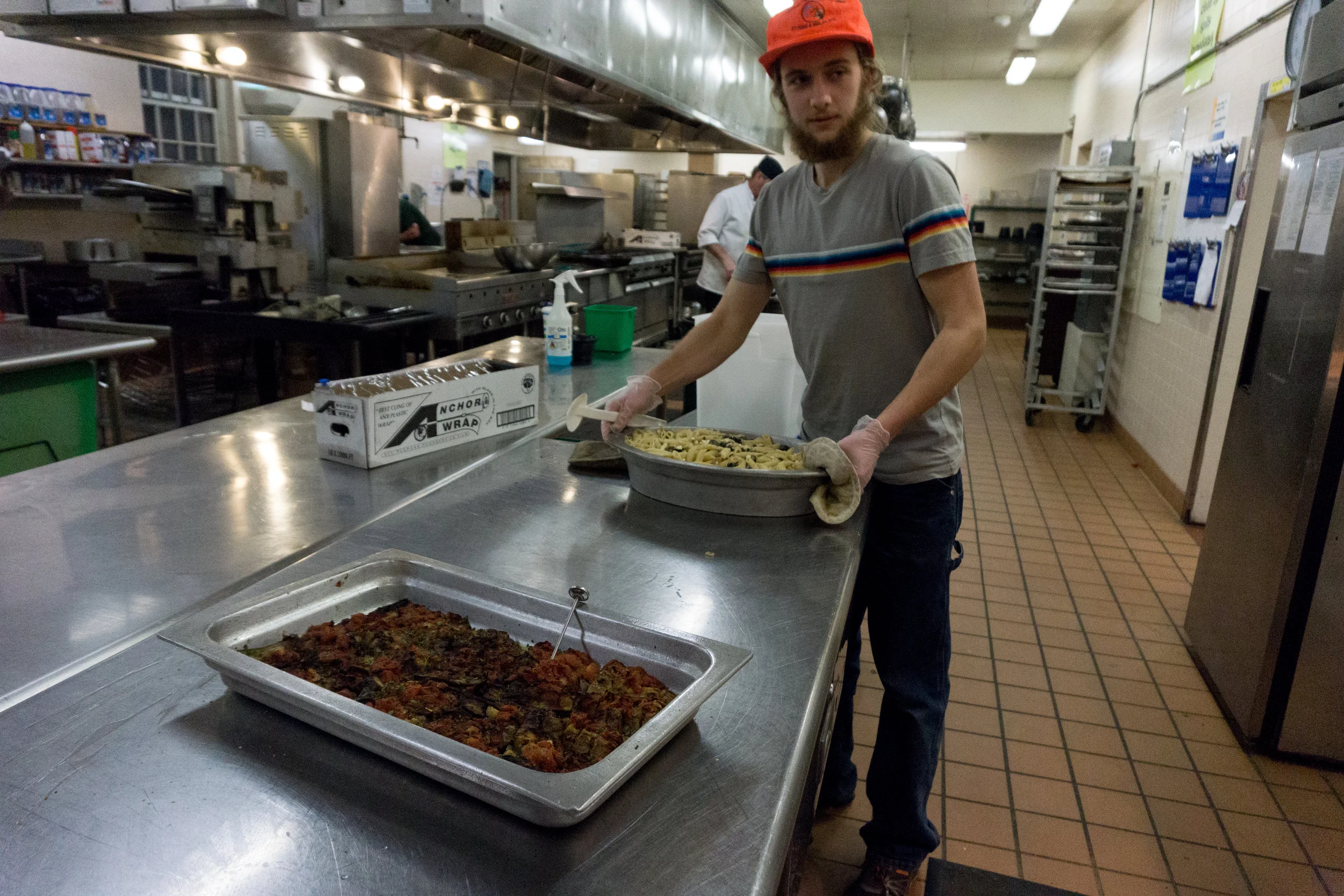Six Goucher College students gathered in mid-November to recover four days’ worth of food from two concurrent events at the Baltimore Hilton. Every year, NARUC, the National Association of Regulatory Utility Commissioners, and NASUCA, the National Association of State Utility Consumer Advocates, host an annual conference at the same location at the same time. They started doing this to allow members from each organization to attend panels hosted by the other organization. All in all, both organizations draw participation from nearly 1,600 people over the course of their four-day conferences.
This year, organizers Michelle Malloy (of NARUC) and Nicole Haslup (of NASUCA) wanted to change one thing about their annual conference: food waste. Michelle required RSVPs for each meal in an attempt to have a more accurate food count prior to the event. Despite her best efforts, there was still surplus from the various meals. Knowing that would be the case, Malloy and Haslup worked with Food Recovery Network (FRN) to get their conferences Food Recovery Verified. This means that they agreed to set aside any edible untouched food from the meals throughout the four days of their conferences. Because the event was hosted at the same location and the food was coming from the same kitchen, it made recovering food that much easier.
Goucher College is home to a very active and vibrant FRN chapter. Allie Sklarew, the chapter's president, jumped at the opportunity to help recover from these events and recruited five other volunteers to transport the food. “I think our chapter [has] the potential to do large-scale recoveries after this,” Sklarew said after successfully organizing this recovery. Goucher College FRN’s willingness to execute recoveries outside of their campus demonstrates their dedication and commitment to the movement of fighting food waste and feeding people.
On November 14, 2017, 29 pans totaling 136 pounds of surplus food from both NARUC and NASUCA events were donated to Project PLASE in downtown Baltimore.
You can recover the surplus food from your next event with the help of Food Recovery Network and by getting Food Recovery Verified! Find out more about Food Recovery Verified here.
















